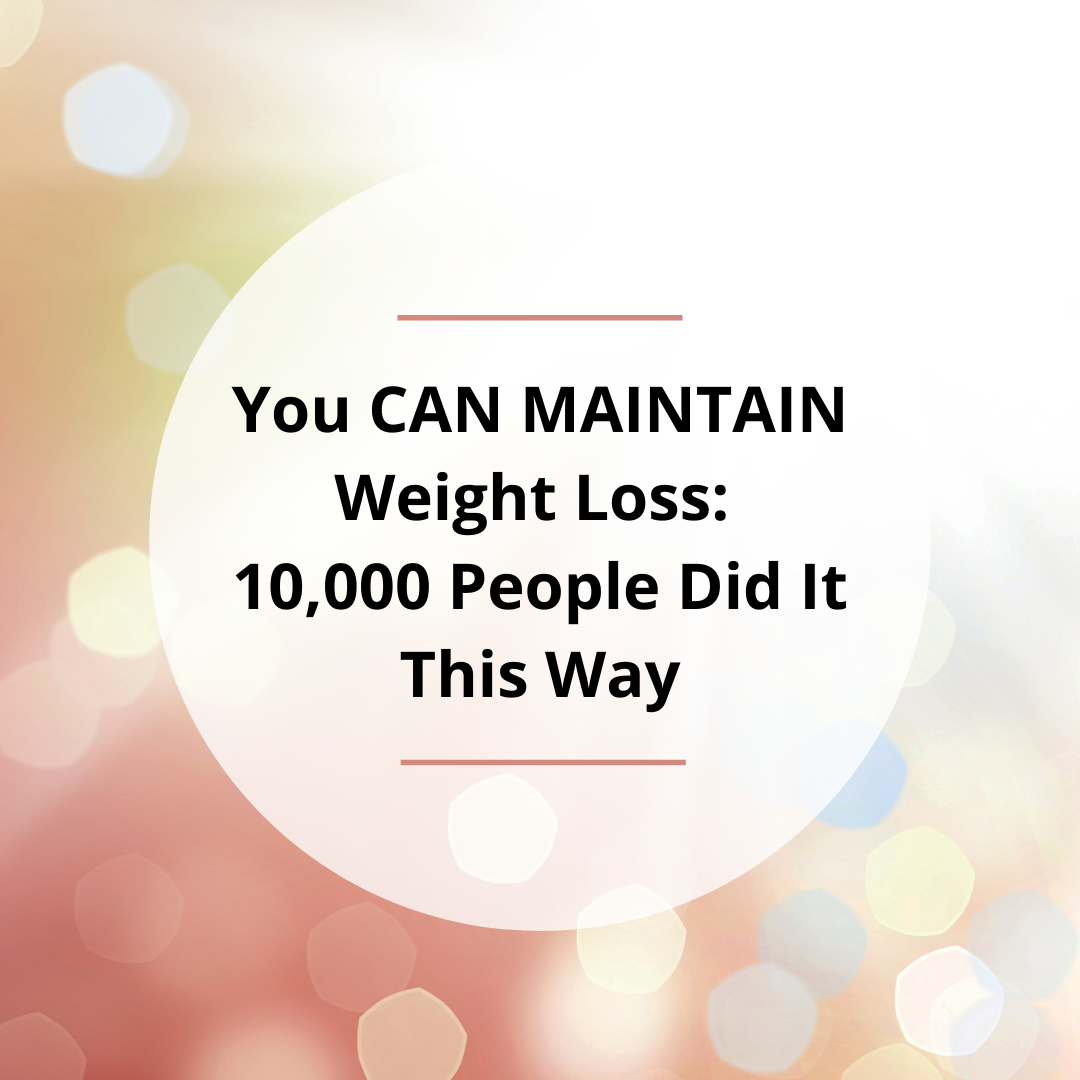


Video | Evening Routine | Morning Routine
Waking up in fat-burning mode means your body is primarily using fat, rather than carbohydrates (glucose), as its main source of energy when you start your day.
An obvious perk of being in this mode is that your metabolism is more efficient at tapping into stored body fat for fuel, which can support weight loss. However, there are other advantages, including steady energy levels and mental clarity.
These effects are things you want every day, not just when you are trying to hammer out a goal, so this blog post is going to share easy-to-follow, enjoyable, and effective routines that you can comfortably do every day.
Read More “Wake Up in Fat-Burning Mode: The Morning and Evening Routines That Work While You Sleep”


Video | The National Weight Control Registry | How Members Lost Weight | How Members Maintained Weight Loss | Maintaining is Viewed as Easier than Weight Loss | Summary
Obesity protects obesity. This observation by researcher Timothy Garvey gets to the heart of something known as the set point theory (1).
According to this theory, your body has a genetically determined weight range, or “set point,” that it strives to maintain. When you stray outside of that range, your body triggers hormones that adjust your appetite and metabolism to reign you back in. Those adjustments work in both directions. However, because starvation is more of a threat than obesity, the mechanisms that prevent weight loss are stronger than those that prevent weight gain. In other words, it is harder to lose weight than it is to gain it.
Are we doomed to live the life our genetics predetermined, or is this set point theory just that…a theory?
While there is no denying that hormonal and metabolic factors play a role in weight control, most researchers consider the set point theory to be oversimplified, failing to take into consideration social, nutritional, and environmental factors.
After all, we all know someone who has lost weight and maintained that weight loss for years. In fact, starting in the 1990s, the National Weight Control Registry made it its mission to identify and investigate the characteristics of individuals who have succeeded at long-term weight loss.
In this blog post, I’ll review the common characteristics shared by the 10,000 successful maintainers in that registry that ensure the weight they lost stays off.
Read More “You CAN MAINTAIN Weight Loss: 10,000 People Did It This Way”


Video | Metabolism and Mitochondria | Between Meals | During Sleep | During Prolonged Activities | Burning Carbs
While it may seem counterintuitive, aiming to burn fat constantly is not a healthy or effective approach to weight loss or overall metabolic health because our bodies are not designed to be in a perpetual state of fat burning.
A healthy metabolism is one that is adaptable and able to switch between different energy sources depending on the body’s needs. There are times when your body should naturally prioritize fat burning. There are also times when your body needs to utilize other energy sources, such as carbohydrates, for optimal performance and recovery.
By understanding the natural rhythms of your metabolism, you can achieve sustainable and healthy fat loss without compromising your overall health and well-being. This blog post shares three times during the day that your body should burn fat.
Read More “The 3 Times a Day Your Body SHOULD BURN FAT “










